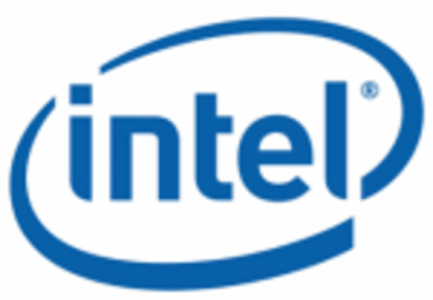During his company’s annual developer conference, Intel CEO Paul Otellini today noted that his industry still hasn’t managed to make it easy enough for consumers to move content seamlessly between devices. According to Otellini, as more and more devices are connected to the Internet, this capability will become increasingly important and something that consumers will soon demand. Content shifting allows users to start a movie on a TV, for example, and then continue to watch it on a PC or mobile phone.

More Than a Hardware Problem
Intel seems to think that the key to making content shifting work is a problem for the semiconductor industry to solve, but given that the video content that Otellini is talking about is relatively hardware agnostic, this really seems to be more of a problem for software developers to solve.
No matter Intel’s role in this, there can be little doubt that consumers will demand easy solutions for taking their content wherever they go. More than a technological issue, though (streaming or copying a movie to different devices isn’t really a hard problem anymore, after all), the problem seems to be more related to copyright and the media industry’s unwillingness to offer an easy solution that would allow users to take their content wherever they go.
One Solution: Apple’s AirPlay
One company that is obviously working hard on this and is about to offer its own solution is Apple. With AirPlay, the company is taking the first steps into making content shifting a reality for those who live in the Apple ecosystem of iPads, iPhones and the newly redesigned AppleTV. Even Apple, however, was only able to get a few content producers on board with its latest 99-cent TV rental program, so it remains to be seen how the company’s partners will react once Apple wants to enable more extensive content shifting on its devices.
Google, too, is working on similar solutions for its Android operating system and Google TV, though here, too, it remains to be seen how well this will work in practice.









